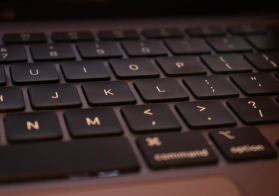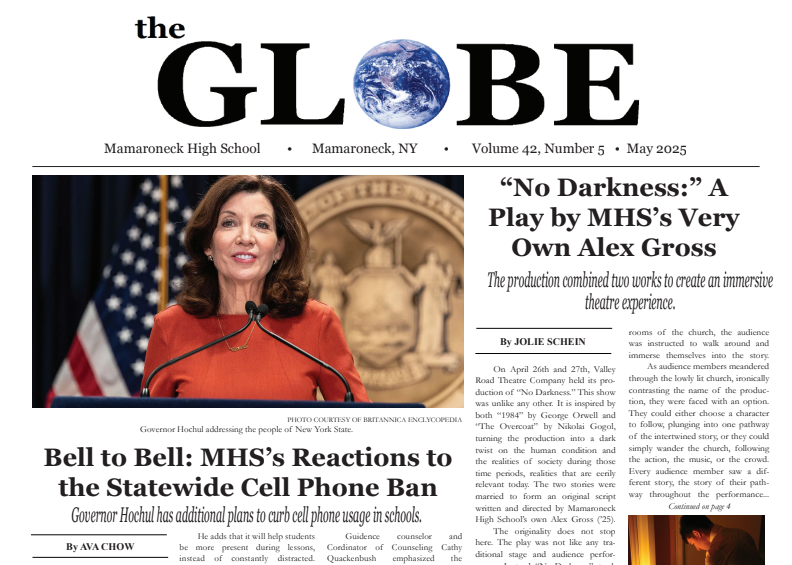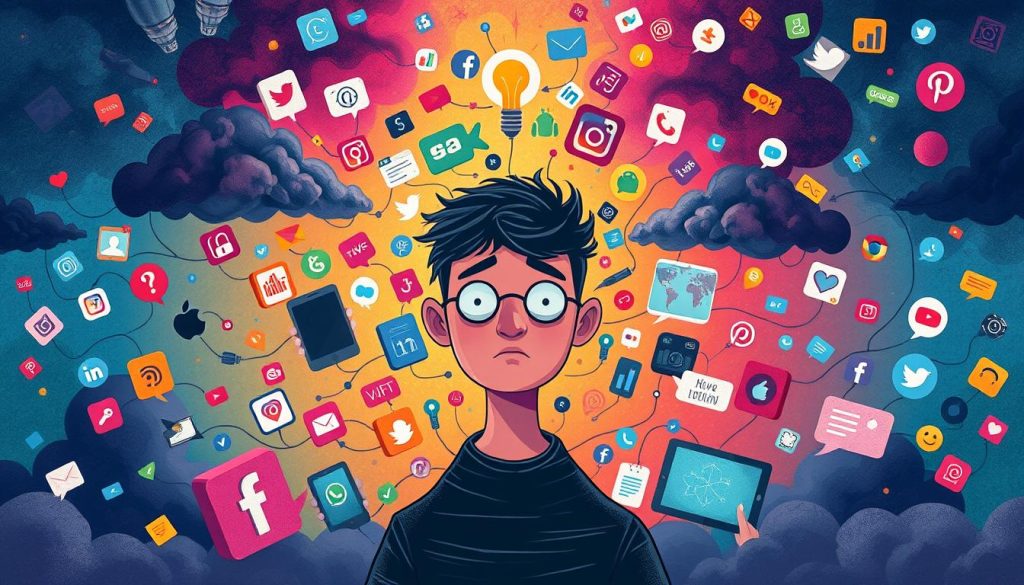Over One Hundred Students Switch Mode of Learning
December 21, 2020
Earlier this year, back in September, the nation held its breath as schools began to open their doors for the first time since March. Months of weighing the risks and benefits of in-person education, debating over how to safely operate an effective classroom, and speculating about children wearing masks were all coming to an end. No one really knew whether it was safe to resume in-person learning, and many did not want to take the risks, even if it meant sacrificing the traditional learning environment. Here in Mamaroneck, the school district wanted to do its best to satisfy all levels of comfort and still provide quality education.
By mid-summer, the Mamaroneck Union Free School District (MUFSD) had settled on a plan to offer a choice between either a remote or an in-person hybrid model option to families. As of early August, 33.6 percent of respondents to a district-wide survey indicated they would choose fully remote learning. A month later, however, only half of those who suggested they would choose remote made a formal commitment to it, including 16 percent of MHS students.
Now, four months into this experiment, students and their families have gotten a much better sense of what learning is like in the new model, and some are changing their original decision. At the end of the first marking period, students were given the option to switch their mode of learning, and about 110 MHS students took that offer.
Jake Blechman (‘22) originally chose to learn remotely because “it seemed like a safer option and we all assumed that [the school] would be closing pretty quickly.” He also, as the inflated numbers from the district’s August survey suggested, “was expecting a lot more people to do it.” At the beginning of the school year, hybrid students were only in-person a third of class time anyway, so to him, it didn’t seem like it was worth the risk for what appeared to be so little change. However, he quickly realized that there were large issues with fully-remote learning.
According to Blechman, “the key point to realize is the lack of that few minutes before and after class with your teacher — asking questions, or just having a conversation.” He explains how he has “always liked building friendships with [his] teachers, and logging into a zoom call muted made that very hard.” This lack of connections also snowballs into a larger issue when combined with the near-constant distraction of being at home. As Blechman explains, “the issue is that [the distraction is] all the time,” and “you can’t clarify stuff when you come in the next day.” In addition to all of this, Blechman describes a near “constant state of work” with “literally no breaks,” making his online learning experience incredibly draining and simply just not worth it for him.
Blechman was one of 35 fully-remote MHS students to switch to the hybrid model at the end of the first marking period. After seeing the extensive safety measures taken by the school when he came into school for the first time to take the PSAT, coupled with the problems he was experiencing with the full-remote model, he decided it was time for a change. In discussing this, Blechman remarked that “at the point that [he] made this decision, COVID cases were not doubling every day.” However, he also emphasized that “it’s clear that nobody has gotten COVID because of being in the school.” A point confirmed by the school’s adminstration.
On the other hand, Melanie Lopez-Ramirez (‘24), a hybrid student who recently switched to fully-remote, saw the rising cases differently. In her view, the overall rising numbers, both in-school and in Westchester County at large, were an indication that in-person learning was simply not safe. She stated that she “didn’t want to take the risk of getting sick or having to quarantine [herself].” At the time, many of her classmates had been put in quarantine due to three positive freshmen cases during the first marking period.
Lopez-Ramirez chose the hybrid model in September as she anticipated some of the issues that Blechman described with the fully-remote model, and wanted the benefits that come from a traditional classroom setting. She particularly points to the issue that Blechman described relating to student-teacher communication during a lesson. She explains how “in school, to ask a question all you have to do is raise your hand,” but when you are remote students must use other features such as the chat. While this may seem intuitive, Lopez-Ramirez comments how “there isn’t much of a chance that your teachers will stop the lesson to look at the Zoom,” meaning it is easier for remote students to get lost. Additionally, seeing as she is a freshman at MHS, Lopez-Ramirez “wanted to get a feel of what the High School would be like.” Unfortunately, with all the changes made to keep students safe, she didn’t really get the full experience.
When making the switch to full remote, Lopez-Ramirez was told by her guidance counselor that she “might not be able to go back to the hybrid model later in the year” after switching. She claims she was a bit hesitant about this, but that “after seeing how bad the virus [had gotten]” she “decided that it [was] best to stay home…until things recovered a bit.” Blechman did not receive this notice from the district upon switching, and is under the impression he can move back to full remote should he change his mind.
According to MHS Principal Elizabeth Clain, switching modes of learning “is just a matter of numbers.” She explains how the school wouldn’t be able to handle all remote kids coming hybrid or vice-versa because they’d have to rework class sizes, classrooms, and schedules to accommodate the 50 percent model. So in telling students they may not be able to switch back, the administration is “just making sure that people understand that switching from remote to hybrid is not a 100 percent guarantee.”
As the year progresses, students will continue to adapt to their selected mode of learning, and many are sure to change their minds. In the meantime, the administration will continue to do its best to support both in-person and remote-students academically and ensure that students are kept safe, no matter how the situation shifts.






